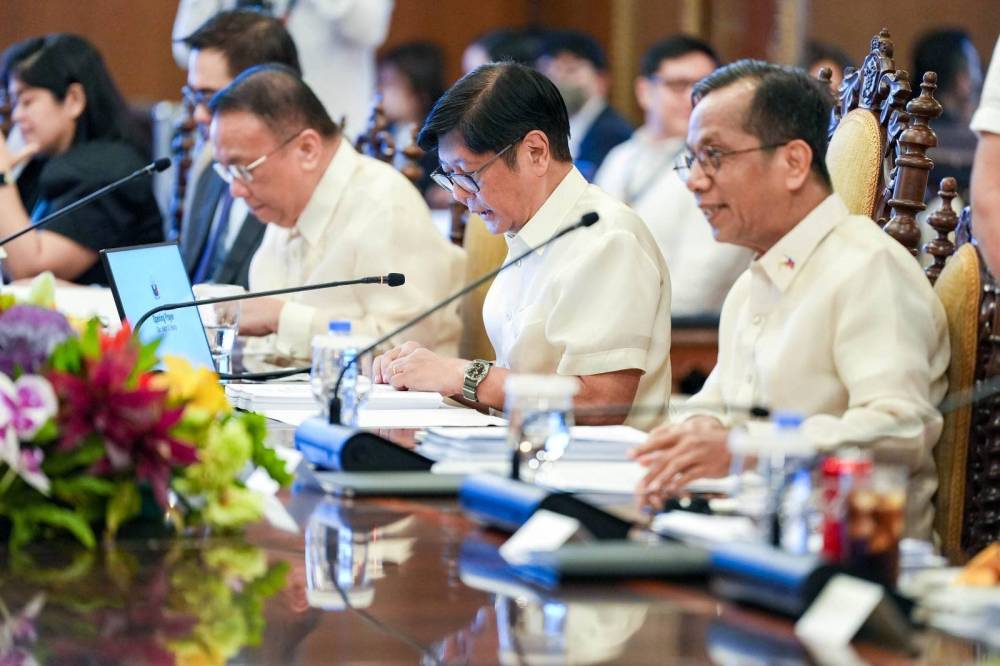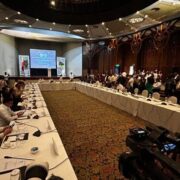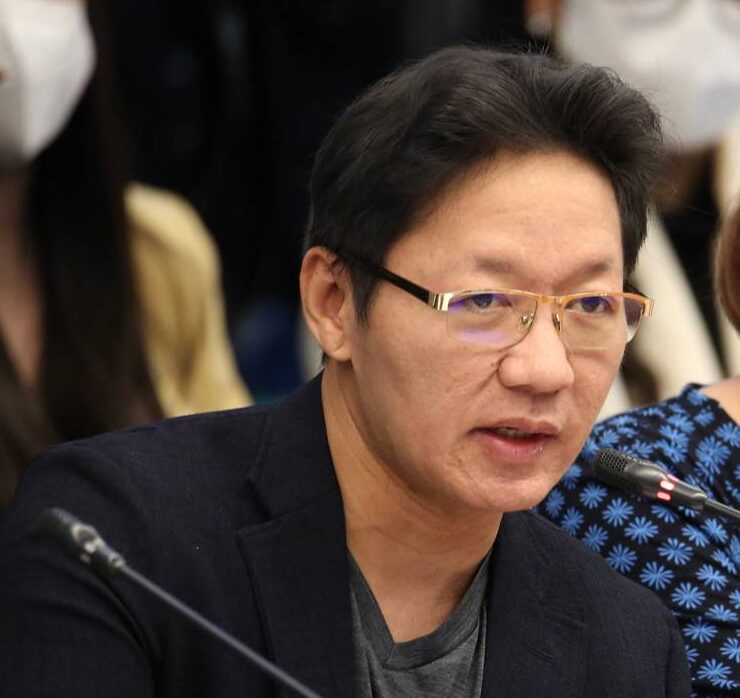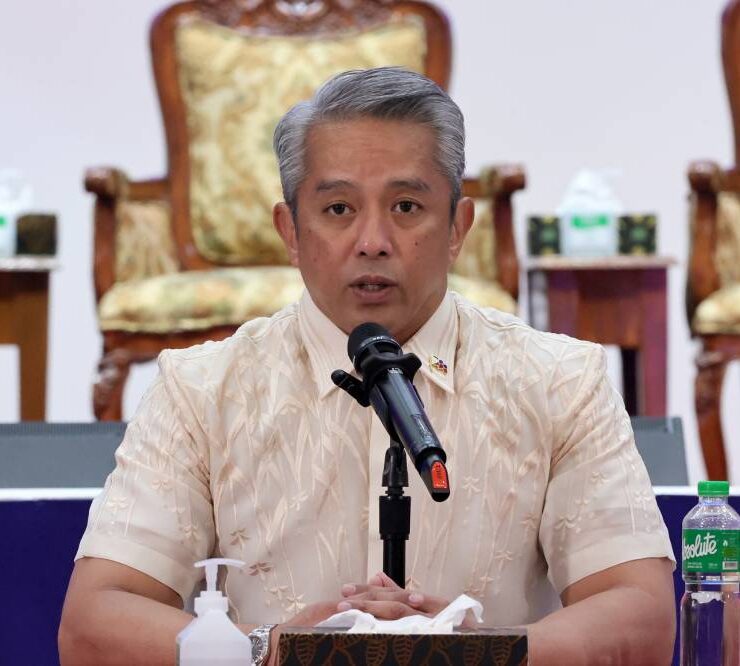Top Marcos projects face red tape, too

President Marcos has ordered government agencies to streamline the issuance of permits for infrastructure flagship projects (IFPs), showing that even top government projects are hindered by the red tape foreign investors are complaining about.
“There is a need to further streamline the process for issuance of required licenses, clearances, permits, certifications or authorizations to expedite the implementation of IFPs, consistent with [Republic Act No.] 9485, as amended,” Mr. Marcos said in Executive Order No. 59.
RA 9485, or the Anti-Red Tape Act of 2007, was amended by RA 11032 which renamed the law as the Ease of Doing Business and Efficient Government Service Delivery Act of 2018.
EO 59, signed by Executive Secretary Lucas Bersamin on April 30, emphasized the need to hasten the completion of 185 infrastructure flagship projects approved by the National Economic and Development Authority.
The 185 flagship projects all over the country are part of the Marcos administration’s P9.14-trillion Build Better More Program, and the issuance of the EO is a tacit admission of the little progress in the fight against red tape, a persistent problem repeatedly cited by foreign investors as a deterrent to investing in the country.

185 plans delayed
Of the 185 flagship projects, 81 are financed through the official development assistance, 51 through the General Appropriations Act, 45 through public-private partnerships and seven through hybrid financing modalities.
EO 59 takes effect immediately upon publication in the Official Gazette, or in a newspaper of general circulation.
The President also issued Administrative Order No. 21 on April 30, ordering the creation of an inter-agency council to consolidate a master list of all lands owned by the state.
The move will also boost the administration’s Philippine Development Plan 2023-2028, according to the President.
In AO 21, also signed by Bersamin, the President emphasized the need for “the creation of a database containing a complete inventory of idle government lands.”
“To ensure the efficient and effective allocation and utilization of land resources for the country’s national development goals, it is necessary to consolidate a comprehensive list of all government lands,” Mr. Marcos said.
List of properties
The Chief Executive thus created an Inter-Agency Coordinating Council tasked to create a “Master List” of all government lands.
The council will be composed of the heads of the Department of Environment and Natural Resources (DENR) and the Department of Human Settlements and Urban Development as cochairs while the Department of Agriculture will serve as vice chair.
The council will comprise of the Office of the Executive Secretary, Department of the Interior and Local Government, Office of the Solicitor General, Department of Justice, Land Registration Authority, Commission on Higher Education and the Department of Information and Communications Technology.
The DENR’s Land Management Bureau will serve as the council’s secretariat. INQ





















